
If you wanna learn more about portrait drawing, check out my “Portrait Fundamentals Made Simple” course.
It’s a very beginner-friendly course that walks you through all the basics of portraiture, from constructing a basic head, facial proportions, drawing the features, and finally drawing a realistic portrait step-by-step.
Lesson Details
I get a lot of questions from beginner artists asking for advice on how to get better. While this can be a complex topic, I thought I’d make a video offering some tips on this subject. So here are 4 tips to help you get better at drawing.
Chunk It Down
If you’re a beginning artist, it can be easy to get overwhelmed by all the skills and concepts that you have to learn. One of the best learning tool to prevent overwhelm is called, “Chunking It Down”.
The idea is that whenever you encounter a task that is too difficult, you break it down into smaller (and consequently easier) chunks and tackle them one at a time.
For example, suppose you’re having trouble with drawing the head.
Instead of keep trying to draw a complete head, you could practice breaking the head down into simple geometry form.
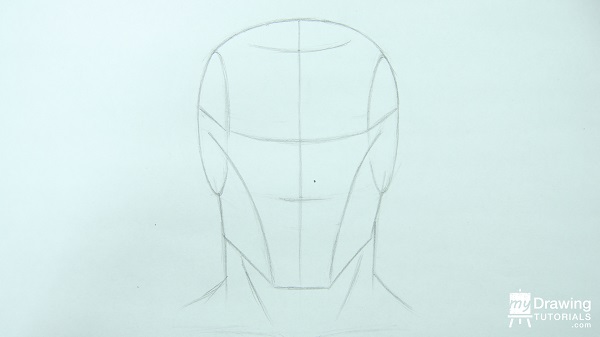
Then you could try drawing it from different angles.
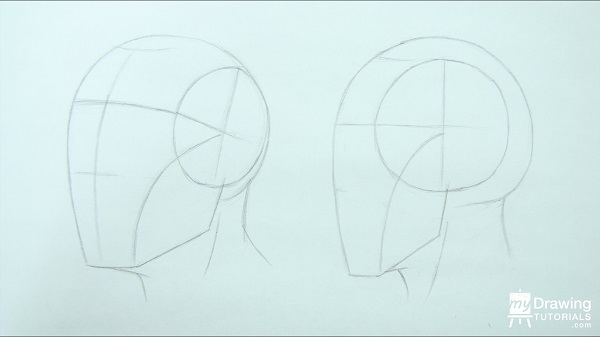
Then you can practice adding in simple features.

And after that, you can isolate each features and practice drawing them in details.


Until finally, you can weave all these components together.
And of course, if you struggle with any of these steps, you can break it down into even smaller chunks.
For example, if you have a hard time drawing the simple shapes of the head, you could just practice drawing circles until you get good at that.
If you chunk things down enough, any task, no matter how difficult will be doable and you’ll never have to feel overwhelmed.
Don’t Give Up On A Drawing Too Soon
When working on a drawing, we have a tendency to constantly evaluate and be critical of it. While a certain amount of this is healthy because it can help you catch mistakes and fix them, most of us tends to be too critical of our works.
I can’t tell you how many times I’ve set out to draw something and 5 minutes into the project think to myself, “This is crap. It doesn’t look anything like what I’m trying to draw. Well, I guess I just can’t draw cars (or animals, or whatever).” And I would want to throw away my unfinished drawing and start on something else.
But what I discovered was that whenever I stuck it through with the drawing, add more details, fix a few mistakes, and throw in some shading, I’m always surprised at how good it looks.
My point here is that a drawing is not something that’s either going be be great or garbage. It’s a work in progress. It needs polishing and refining. Just because a drawing starts out “bad”, doesn’t mean it can’t become great. Your worst “failure” could turn out to be your greatest masterpiece!
Focus On The Lay In
There are two stages to any drawings: the layin…
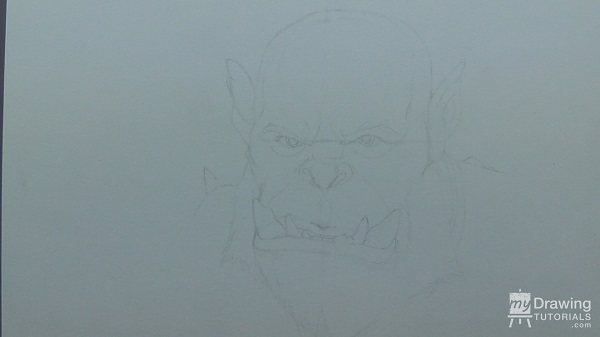
…and the shading.
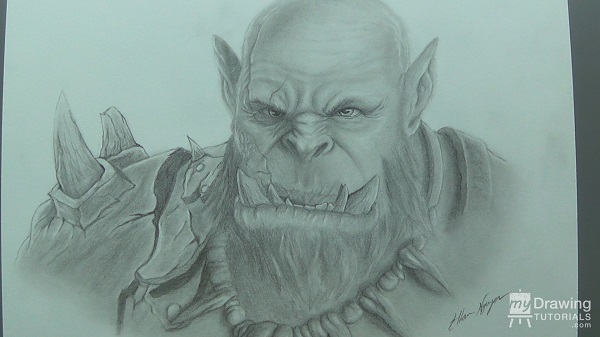
If you are a beginner and want to get good very quickly, I recommend focusing about 70% of your practice time on draw lay-ins and about 30% on detail shading.
While shading is an essential skill and shouldn’t be ignored, it can be very time consuming. And as a beginner, you can get in a lot more practice by drawing lay ins.
Drawing the lay in also trains many important skills like pencil control, hand-eye ordination, and judging angles and proportions. Whereas shading involves a lot of repetitive work.
This is particular true in portrait or figure drawing where accurate linework is very important in capturing likeness and gesture.
If you do shade, use simple cross-hatching rather than really detailed rendering.
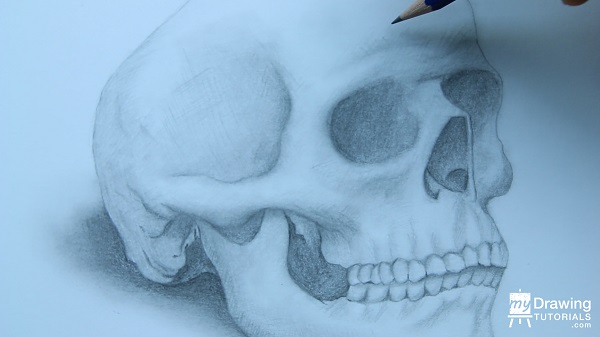
This will give you most of the realistic effect in a fraction of the time.
Draw What You Love
Most of us pursue art education because we have a love of drawing. But in the mist of learning the theories and concepts it can be easy to lose touch with what we loved art in the first place and lose motivation to practice.
That’s why it’s so important to keep feeding your passion by doing projects that you enjoy.
Don’t listen to people who tells you that you have to draw this or that… or you’re not a real artist. I know on this channel, I tend to talk a lot about realistic drawing styles. But if you’re into manga or cartoons, by all means, draw in that style.
For myself, I really enjoy comic book and fantasy arts. So even though I still do the more academic drawings of skulls and muscles to further my learning, I also make sure to fun drawings that I really enjoy.
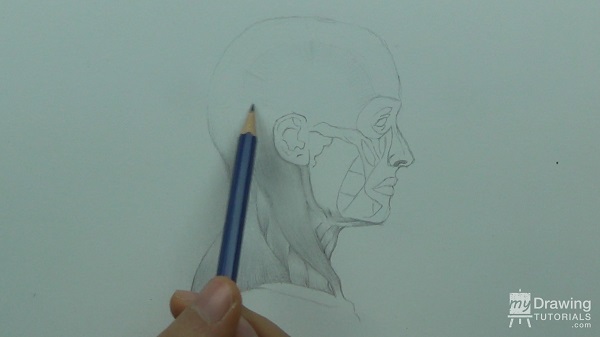
If you are drawing what you enjoy, it won’t feel like work at all and you’ll progress so much faster because you’re getting so much practice in. And in the end, all the skills you develop will be transferable to other areas.

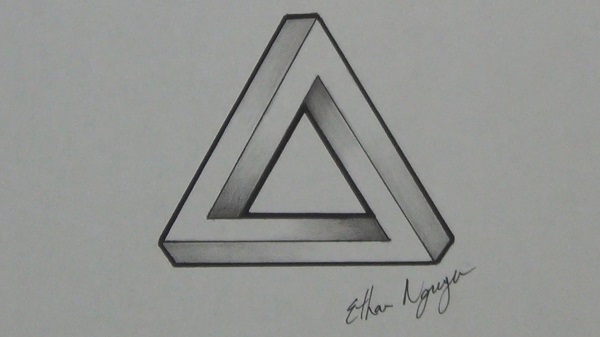


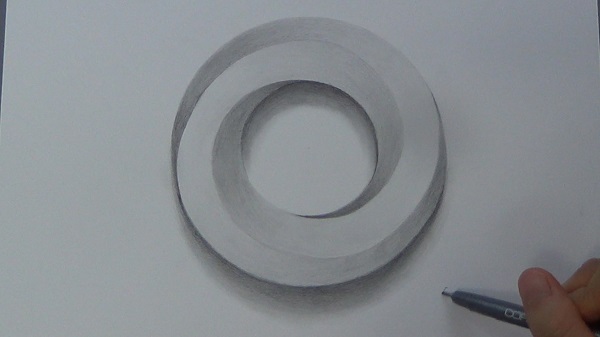


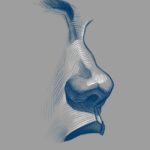
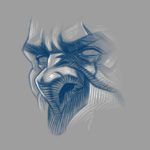
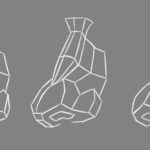

Hi Ethan,
I stumbled upon your channel just yesterday, I really enjoyed all the videos I viewed. My question is: Can anyone learn to draw? My experience in drawing is basically stick figures, occaasionally if I really focus I can draw an animal or two but it looks as if a fourth grader created a very nice piece of work to place on the fridge.
I really want to learn and willing to put in the time to at least be decent. I am a writer and I want to illustrate my own books instead of having to pay an illustrator for each piece I write. My first rendition of perspective drawing was not so great but you explained it so well you gave me hope that maybe it is possible to learn to draw.